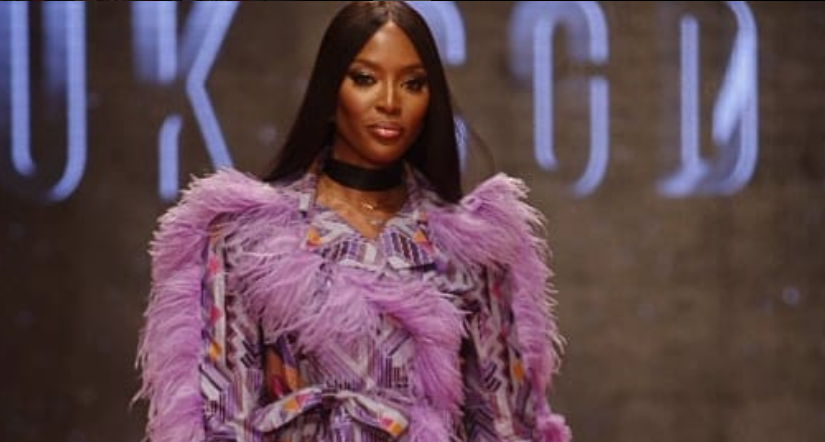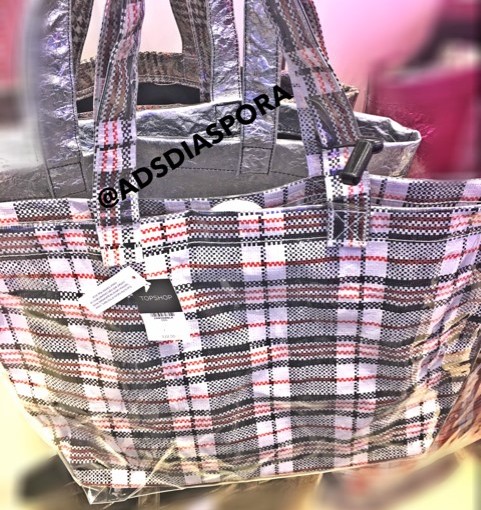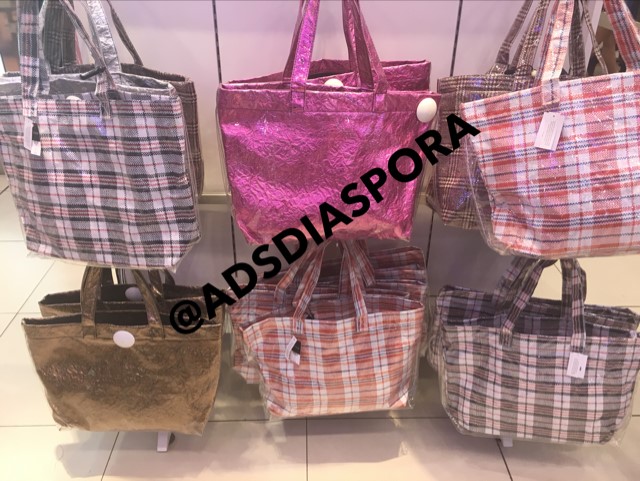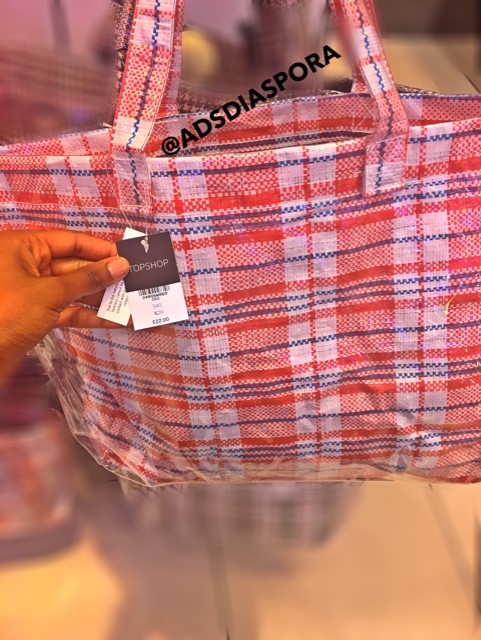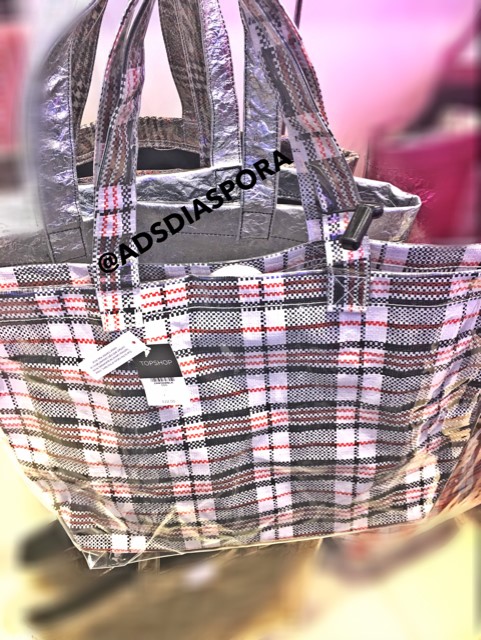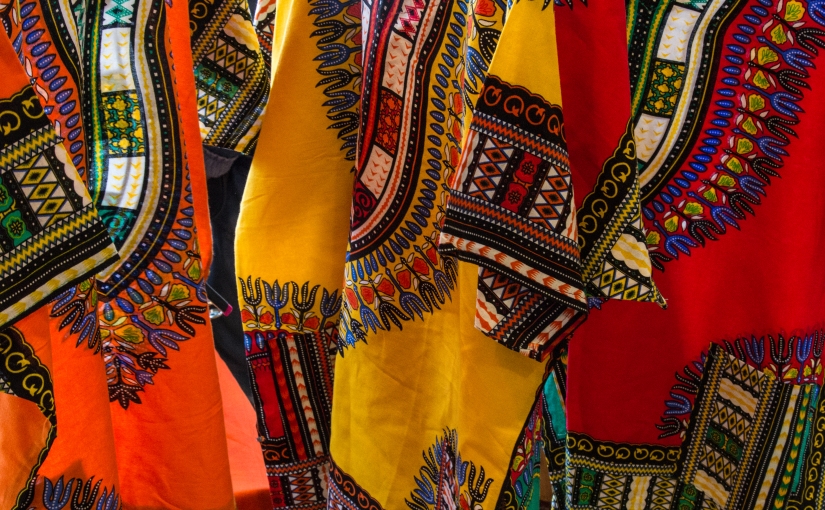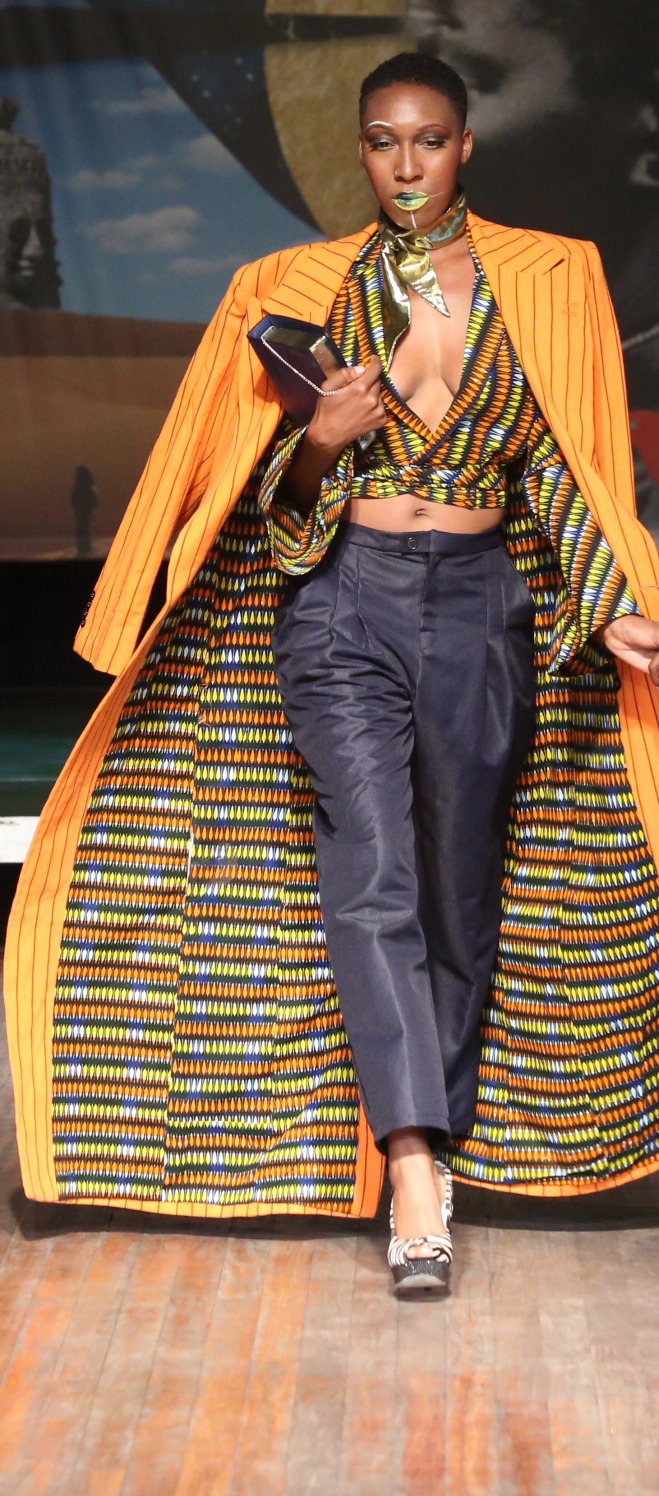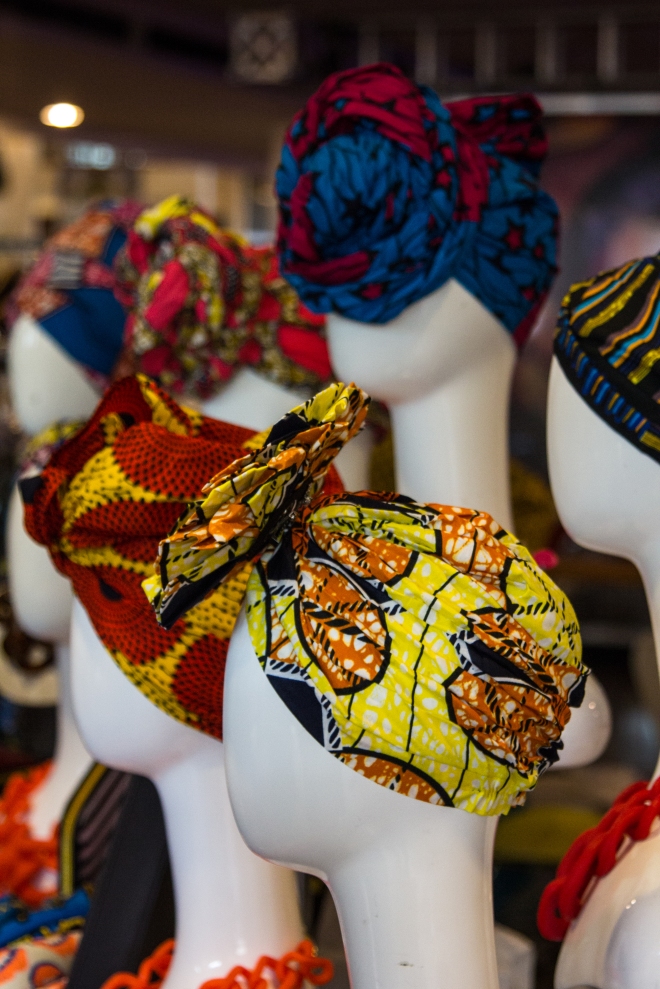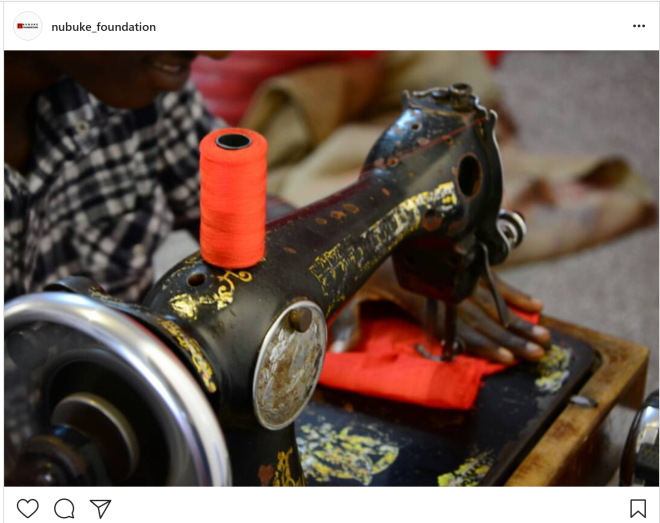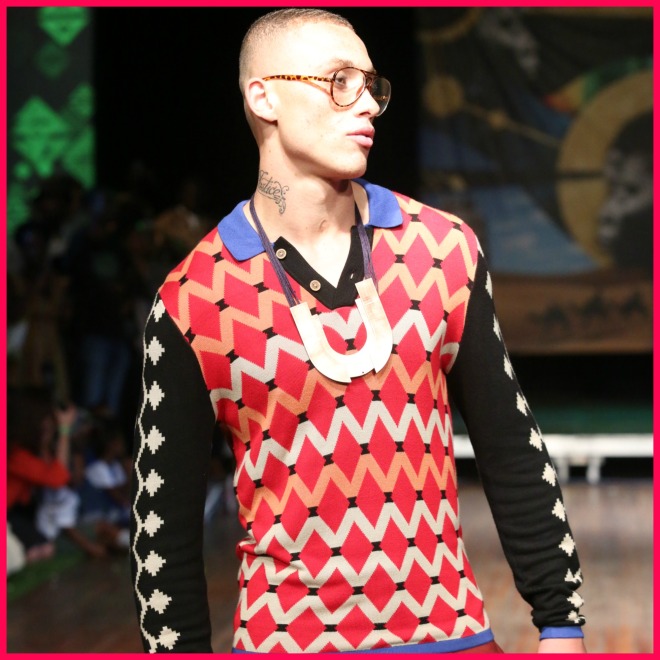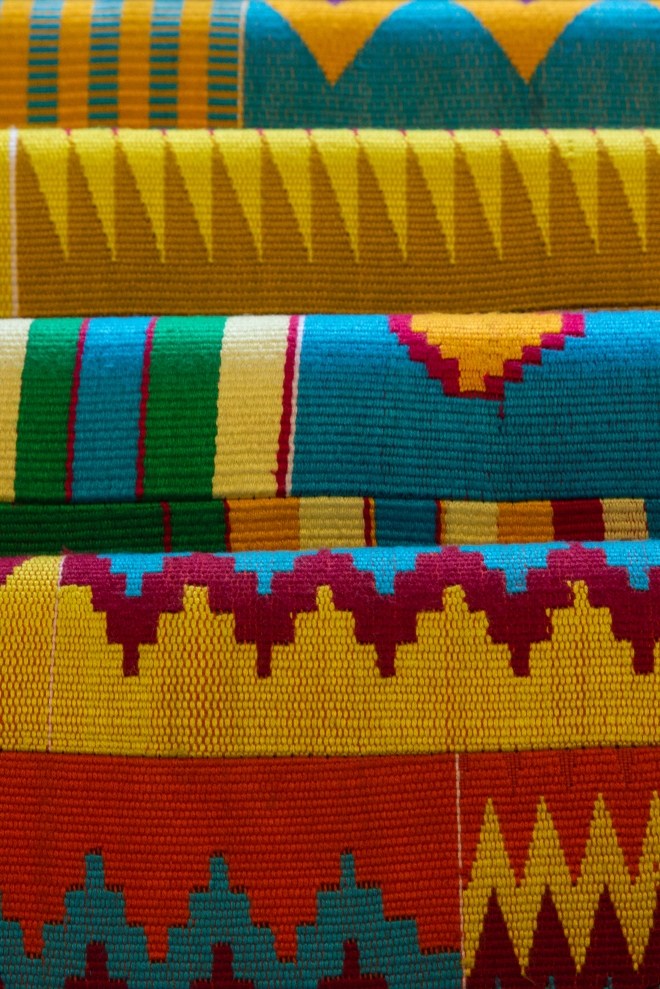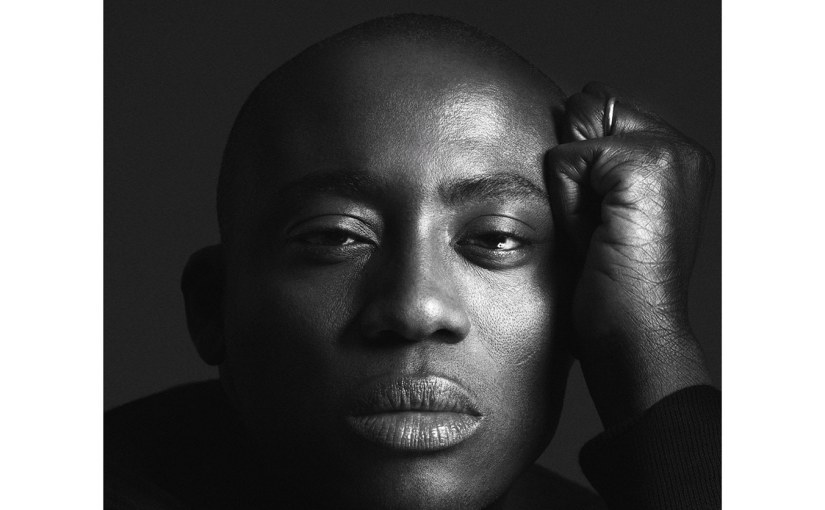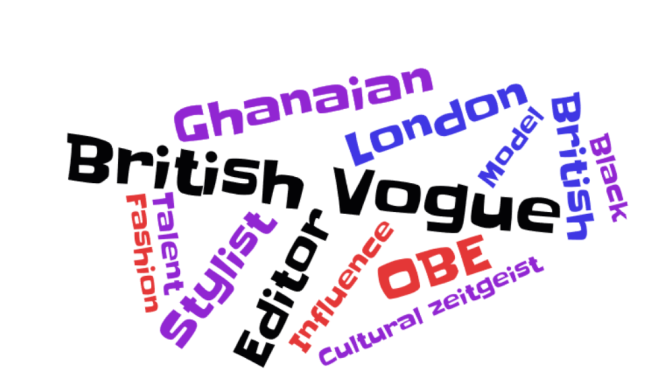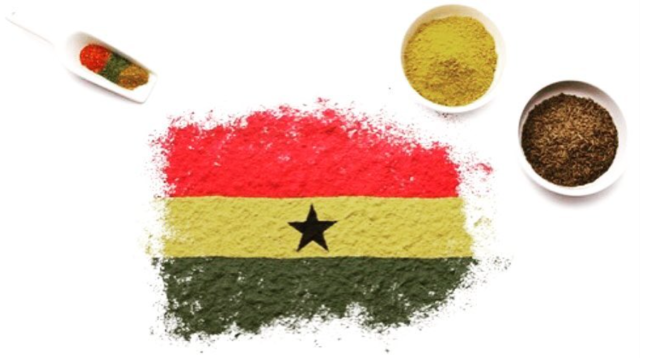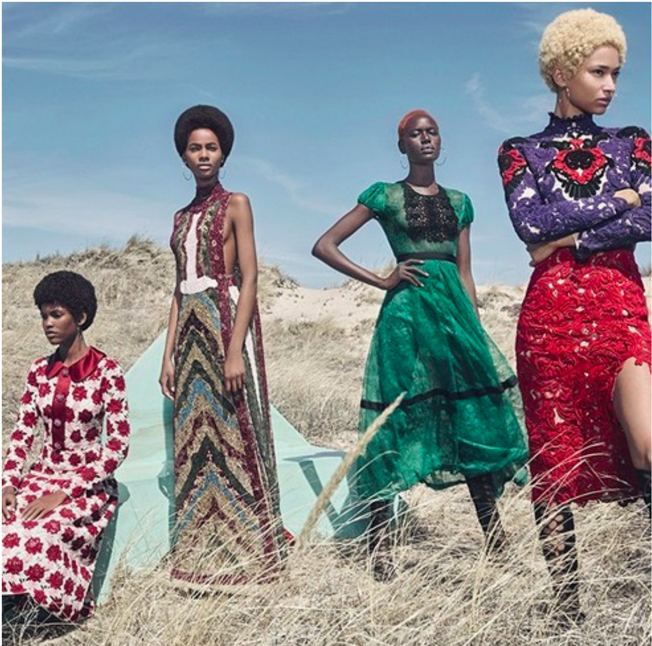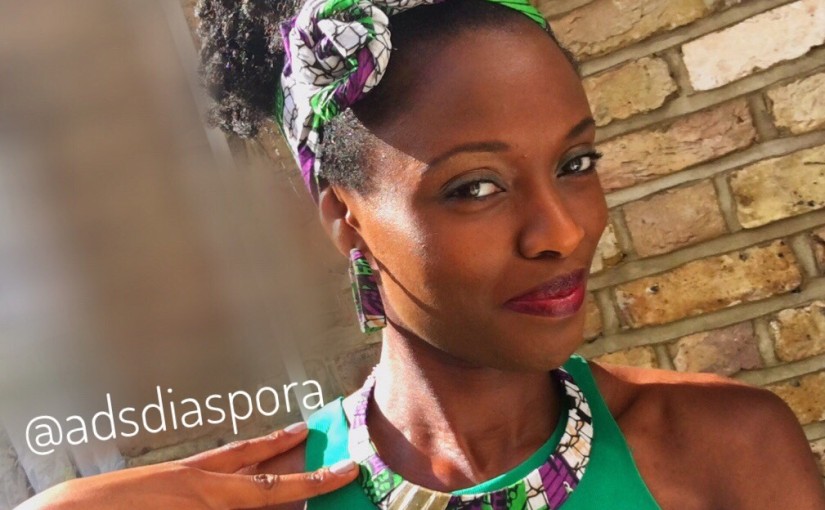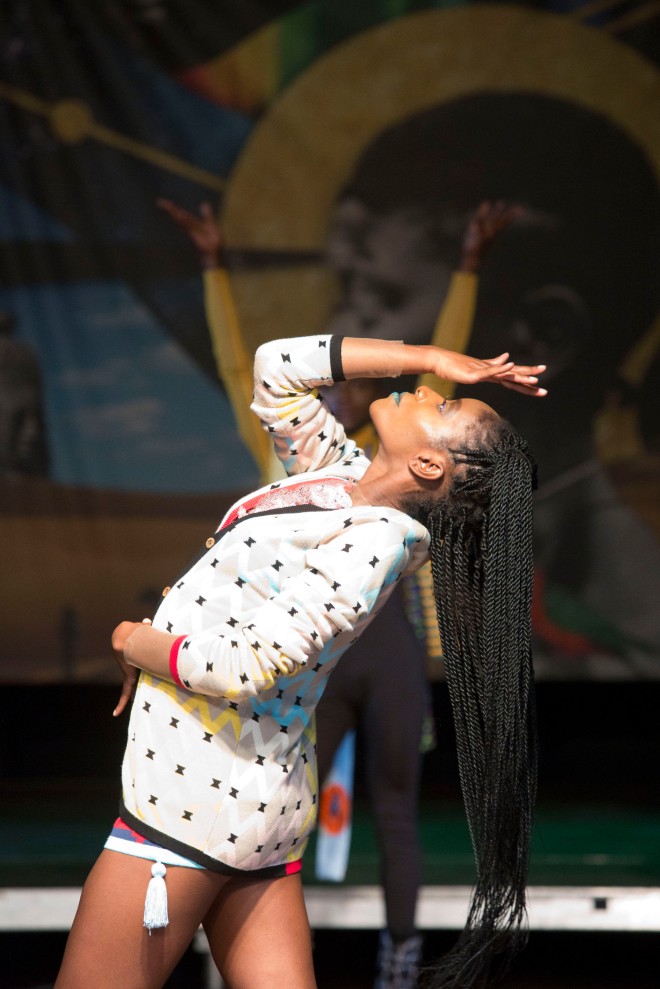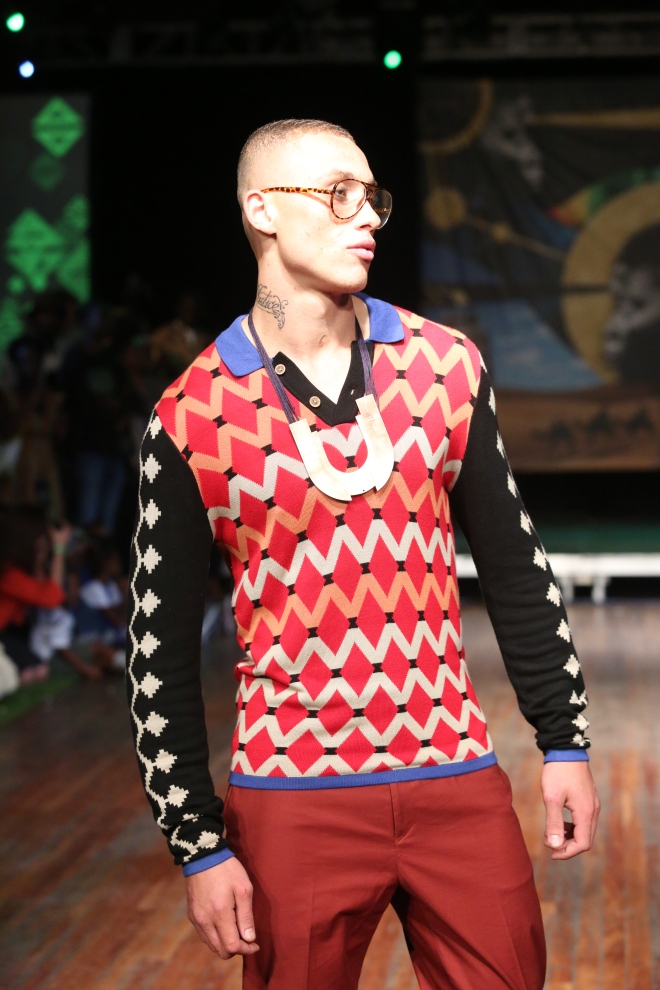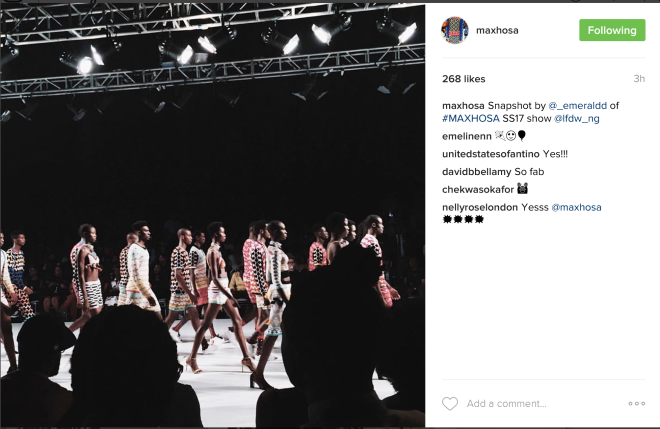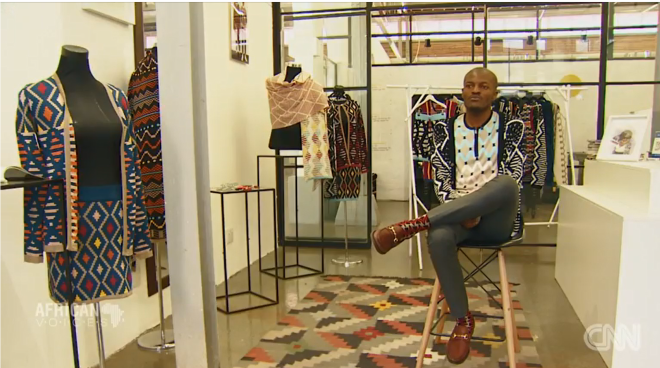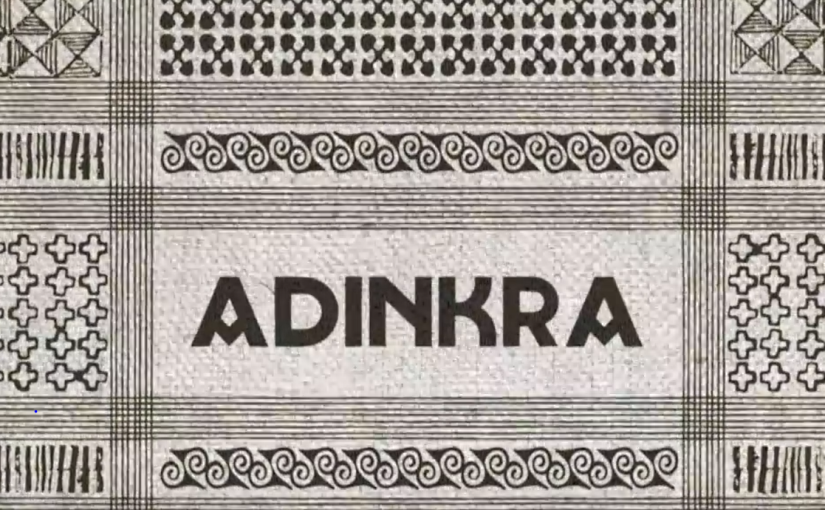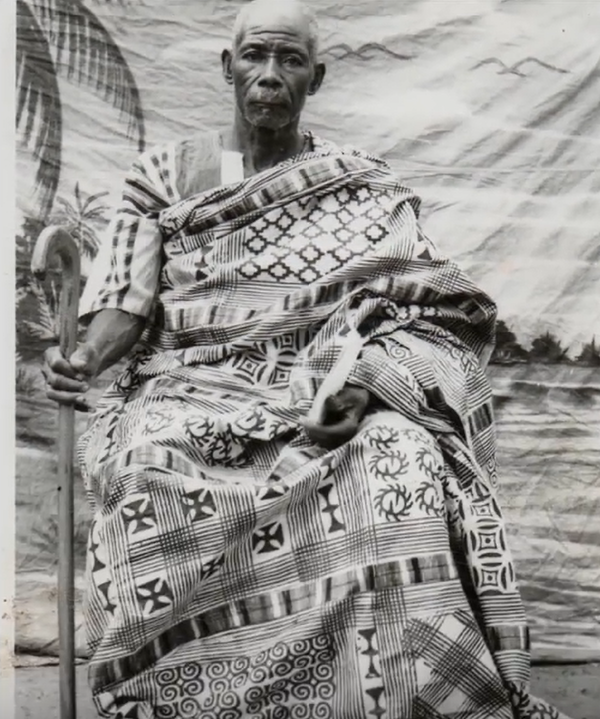Lagos was the cradle of African fashion a few weeks ago, hosting 2 big fashion shows. Lagos Fashion Week Nigeria (23 – 25th March) Arise Fashion week 2018 (31 March – 2nd April). There was of course, the vibrancy, craftsmanship and distinctive style that has become ubiquitous over recent years in the African fashion industry. Images which only would have been available via fashion outlets are easily accessible anywhere in the world on social media (as you’ll see below).
During Arise Fashion Week 2018, the supermodel legend that is Naomi Campbell said the renowned fashion publication Vogue Magazine should be launched in Africa.
https://www.instagram.com/p/BhTrZqzBdEo/?taken-by=arisefashionweek
“Africa has never had the opportunity to be out there and their fabrics and their materials and their designs be accepted on the global platform … it shouldn’t be that way.” – Naomi Campbell
We’ve heard the reminder many times that “Africa is not a country”. When we dissect the continent’s textile heritage, we find there are beautiful fashion and style nuances across the continent. While I agree that the evolution and heritage of African fashion should have a dedicated global fashion platform showcasing to the world, it should be born and pushed by Africans – those on the continent and from the diaspora. Just like European fashion is controlled by Europeans.
Any African fashion publication must be sewn together with an integrated narrative identifying the contribution of each African country. It’s about time that African countries develop and control their own narratives without the, filtration and stamp of approval from Western fashion establishments, who have made fashion and style prestige synonymous with Western culture.
The fact that there is no Vogue Africa Magazine is an OPPORTUNITY, let Africa dictate her fashion industry in her own words and realise herself for herself!
Don’t get me wrong I was all here for Edward Enninful and Virgil Abloh rising to coveted gatekeeping positions in Western fashion establishments of British Vogue and Louis Vuitton, but I think it’s time in 2018 that Africans do not wait for the approval of Western fashion establishments to validate their fashion heritage and existence.
https://www.instagram.com/p/BhIAVV7BLdT/?taken-by=arisefashionweek
Since its first issue in 1892 Vogue has had 126 years to be inclusive. Strutting into the millennium it has tried with the Vogue Italia all black issue in 2008 (masterminded by Edward Enninful) and the latest most racially diverse cover for the May 2018 issue.
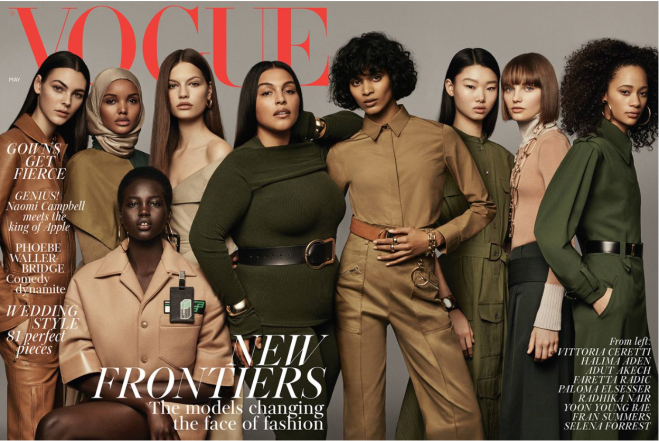
However, I think in 2018 African countries should take their fashion destiny into their own hands and be the global gatekeepers of African fashion and heritage. It can be done, yes creating a fashion publication costs money but there are very talented people in Africa and the diaspora that can make this happen and create jobs on the continent.
This is what we should be pushing for (just as is done in Europe) – African fashion controlled and narrated by Africans.
Ad+s Diaspora Blog
Snippets of an African legacy
*
*
Twitter: @adsdiaspora
Instagram:@ads_diaspora
www.pinterest.co.uk/adsdiaspora
Google +: plus.google.com/+AdsDiaspora
Featured image: Arise Fashion Week Instagram : @femioso
